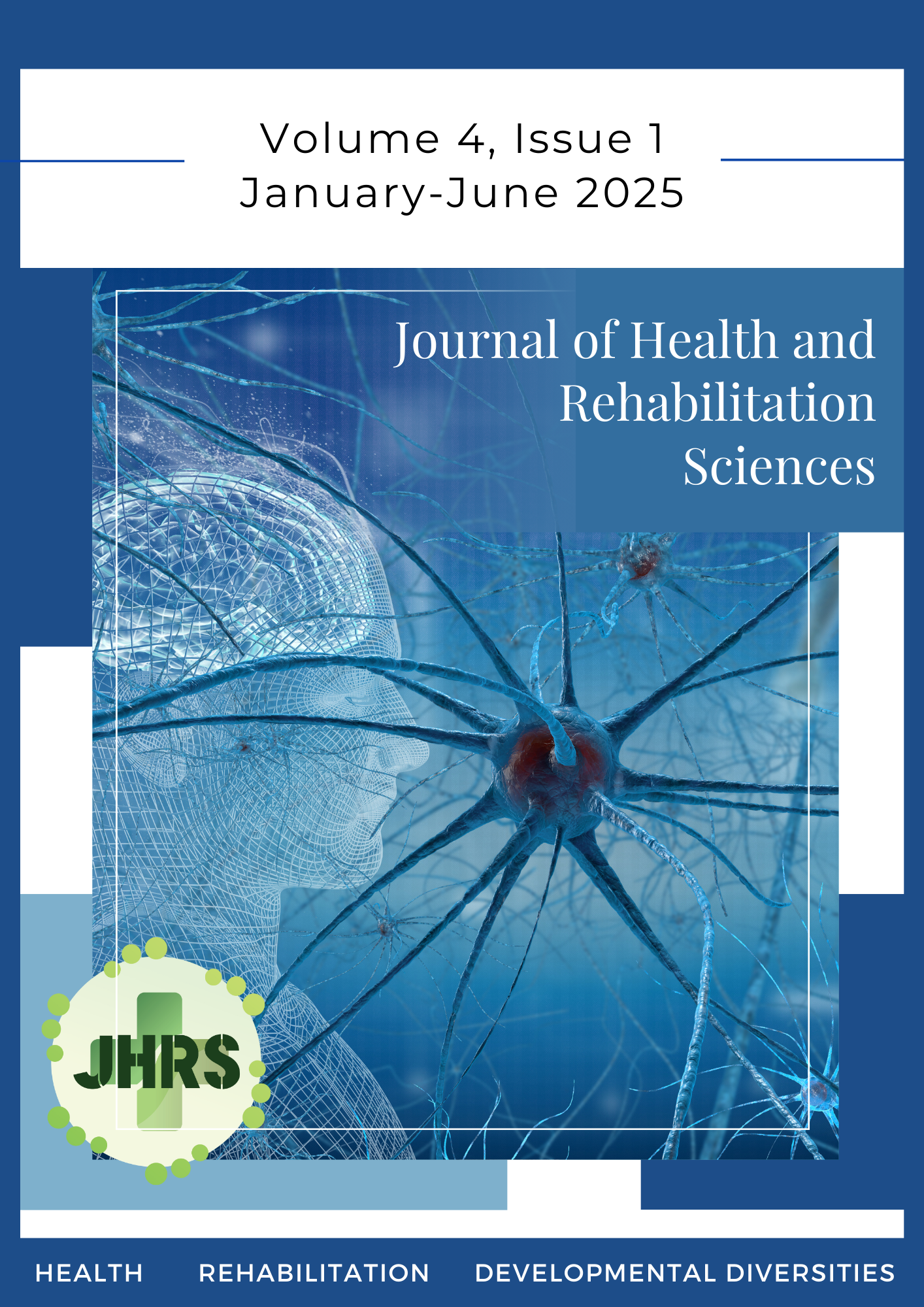Effect of Unilateral Application of Timolol 0.5% on Systemic Cardiovascular Parameters and Intraocular Pressure and Perfusion
Keywords:
timolol, intraocular pressure, systemic blood pressure, heart rate, ocular perfusion pressureAbstract
Aim: To study the effect of unilaterally applied timolol 0.5% on systemic blood pressure (BP), heart rate (HR), cerebrospinal fluid pressure (CSFP), intraocular pressure (IOP), ocular perfusion pressure (OPP) and translaminar pressure difference (TLPD).
Methods: This is an experimental clinical study of 14 healthy subjects. Ophthalmic examination included best corrected visual acuity (BCVA), slit lamp examination and autorefractometry. Systemic BP, HR and IOP were taken after the basic examination. Two drops of ophthalmic solution timolol 0.5% were instilled in the right eye (RE) of the subjects. Systemic BP and IOP were measured 30 minutes, one hour, one and a half hour and two hours after the local application. We evaluated the following parameters: systolic blood pressure (SBP) (mmHg), diastolic blood pressure (DBP) (mmHg), mean blood pressure (MBP) (mmHg), HR (bpm), estimated CSFP, IOP (mmHg), estimated TLPD (mmHg) and (OPP) (mmHg).
Results: After unilateral topical application of timolol 0.5%, there was a significant reduction of IOP and TLPD in both eyes (IOP RE p<0.001, IOP LE p=0.006; TLPD RE p<0.001, TLPD LE p=0.006) and a significant decrease of HR (p=0.003). OPP significantly increased only in the treated eye (p=0.021). There was a statistically significant correlation between IOP and HR in both eyes (RE R=0.95, p=0.01; LE R=0.85, p=0.04).
Conclusion: Unilateral application of timolol 0.5% significantly reduced IOP and TLPD in both treated and untreated eyes, but OPP significantly increased only in the treated eye. HR decreased after unilateral application of timolol 0.5% and was significantly associated with IOP reduction.
Downloads
Metrics
References
Barnes, J., & Moshirfar, M. (2024, August 17). Timolol. StatPearls - NCBI Bookshelf. https://www.ncbi.nlm.nih.gov/books/NBK545176/
Brooks, A. M., & Gillies, W. (1992). Ocular β-Blockers in Glaucoma Management. Drugs & Aging, 2(3), 208–221. https://doi.org/10.2165/00002512-199202030-00005
Burton MJ, Ramke J, Marques AP, Bourne RRA, Congdon N, Jones I, Ah Tong BAM, Arunga S, Bachani D, Bascaran C, Bastawrous A, Blanchet K, Braithwaite T, Buchan JC, Cairns J, Cama A, Chagunda M, Chuluunkhuu C, Cooper A, ¼ Faal HB. (2021). The Lancet Global Health Commission on Global Eye Health: vision beyond 2020. Lancet Glob Health, 9(4), e489-e551. doi: 10.1016/S2214-109X (20)30488-5.
Duff, G. R., Watt, A. H., & Graham, P. A. (1987). A comparison of the effects of oral nadolol and topical timolol on intraocular pressure, blood pressure, and heart rate. British Journal of Ophthalmology, 71(9), 698–700. https://doi.org/10.1136/bjo.71.9.698
Dunham, C. N., Spaide, R. F., & Dunham, G. (1994). The contralateral reduction of intraocular pressure by timolol. British Journal of Ophthalmology, 78(1), 38–40. https://doi.org/10.1136/bjo.78.1.38
Garg P, Mendiratta A, Banga A, Bucharles A, Victoria P, Kamaraj B, Qasba RK, Bansal V, Thimmapuram J, Pargament R, Kashyap R. (2023). Effect of breathing exercises on blood pressure and heart rate: A systematic review and meta-analysis. Int J Cardiol Cardiovasc Risk Prev. 27;20:200232. doi: 10.1016/j.ijcrp.2023.200232.
Green, K., Elijah, D., Lollis, G., & Mayberry, L. (1981). Beta adrenergic effects on ciliary epithelial permeability, aqueous humor formation and pseudofacility in the normal and sympathectomized rabbit eye. Current Eye Research, 1(7), 419–423. https://doi.org/10.3109/02713688109019980
Jonas, J. B., Wang, N., & Nangia, V. (2015). Ocular Perfusion Pressure vs Estimated Trans-Lamina Cribrosa Pressure Difference in Glaucoma: The Central India Eye and Medical Study (An American Ophthalmological Society Thesis). PubMed, 113, T6. https://pubmed.ncbi.nlm.nih.gov/26622070
Jonas JB, Wang N. (2013). Cerebrospinal Fluid Pressure and Glaucoma. J Ophthalmic Vis Res, 8 (3), 257-263.
Kasahara, N., Matuoka, M., Santos, K., Cruz, N., Martins, A. R., & Nigro, S. (2018). Validation of an equation model to predict intracranial pressure in clinical studies. Investigative Ophthalmology & Visual Science, 59(9), 614. https://iovs.arvojournals.org/article.aspx?articleid=2693603
Kiyota, N., Shiga, Y., Ninomiya, T., Tsuda, S., Omodaka, K., Himori, N., Yokoyama, Y., Pak, K., & Nakazawa, T. (2024). The effect of Β-Blocker eye drops on pulse rate, ocular blood flow, and glaucoma progression: a retrospective longitudinal study. Advances in Therapy, 41(2), 730–743. https://doi.org/10.1007/s12325-023-02762-0
Kurysheva, N. I., Ryabova, T. Y., & Shlapak, V. N. (2018). Heart rate variability: the comparison between high tension and normal tension glaucoma. The EPMA Journal, 9(1), 35–45. https://doi.org/10.1007/s13167-017-0124-4
Leske, M. C. (2009). Ocular perfusion pressure and glaucoma: clinical trial and epidemiologic findings. Current Opinion in Ophthalmology, 20(2), 73–78. https://doi.org/10.1097/icu.0b013e32831eef82
Nelson, W. L., Fraunfelder, F. T., Sills, J. M., Arrowsmith, J. B., & Kuritsky, J. N. (1986). Adverse respiratory and cardiovascular events attributed to timolol ophthalmic solution, 1978–1985. American Journal of Ophthalmology, 102(5), 606–611. https://doi.org/10.1016/0002-9394(86)90532-5
Newman, H., Kurtz, S., & David, R. (2010). Intraocular pressure changes in the contralateral eye after topical treatment: does an “ophthalmotonic consensual reaction” exist? Deleted Journal, 12(9), 568–571. https://pubmed.ncbi.nlm.nih.gov/21287803/
Samuels, B. C., Hammes, N. M., Johnson, P. L., Shekhar, A., McKinnon, S. J., & Allingham, R. R. (2012). Dorsomedial/Perifornical hypothalamic stimulation increases intraocular pressure, intracranial pressure, and the translaminar pressure gradient. Investigative Ophthalmology & Visual Science, 53(11), 7328. https://doi.org/10.1167/iovs.12-10632
Seibold, L. K., DeWitt, P. E., Kroehl, M. E., & Kahook, M. Y. (2017). The 24-Hour effects of Brinzolamide/Brimonidine fixed combination and timolol on intraocular pressure and ocular perfusion pressure. Journal of Ocular Pharmacology and Therapeutics, 33(3), 161–169. https://doi.org/10.1089/jop.2016.0141
Silverstone, D., Zimmerman, T., Choplin, C. N., Mundorf, T., Rose, A., Stoecker, J., Kelley, E., & Lue, J. (1991). Evaluation of Once-Daily levobunolol 0.25% and timolol 0.25% therapy for increased intraocular pressure. American Journal of Ophthalmology, 112(1), 56–60. https://doi.org/10.1016/s0002-9394(14)76213-0
Uusitalo, H., Niño, J., Tahvanainen, K., Turjanmaa, V., Ropo, A., Tuominen, J., & Kähönen, M. (2005). Efficacy and systemic side‐effects of topical 0.5% timolol aqueous solution and 0.1% timolol hydrogel. Acta Ophthalmologica Scandinavica, 83(6), 723–728. https://doi.org/10.1111/j.1600-0420.2005.00562.x
Weinreb, R. N., Aung, T., & Medeiros, F. A. (2014). The pathophysiology and Treatment of glaucoma. JAMA, 311(18), 1901. https://doi.org/10.1001/jama.2014.3192
Zimmerman, T. J. (1977). Timolol. Archives of Ophthalmology, 95(4), 601. https://doi.org/10.1001/archopht.1977.04450040067008
Published
Versions
- 03.08.2025 (2)
- 26.03.2025 (1)
How to Cite
Issue
Section
License
Copyright (c) 2025 Galina Dimitrova, Ana Gjorgjiovska, Antonela Ljubic, Dushan Kemera, Olivera Lazarova, Dejan Shekerinov, Sofija Jordanovska Milanovska, Ivana Petkovska

This work is licensed under a Creative Commons Attribution 4.0 International License.























